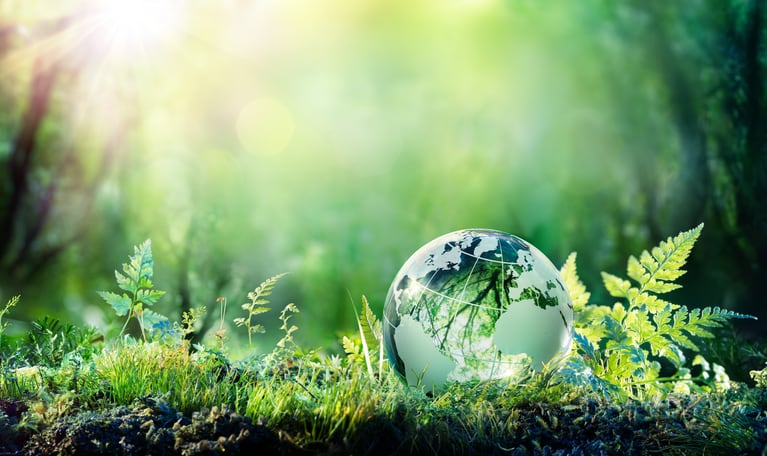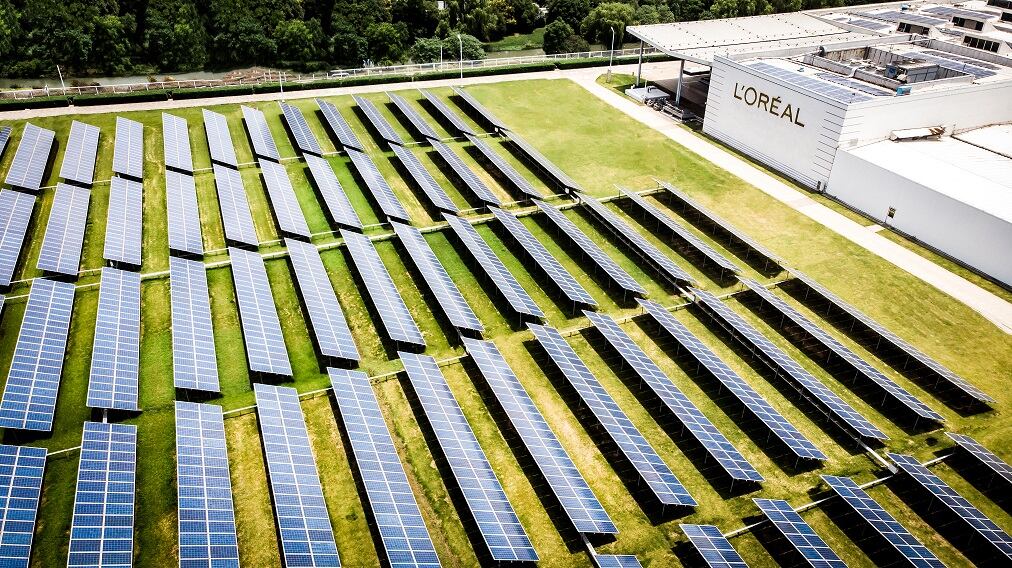The company, which produces brands such as Kanebo, Sensai, Kate and Curél announced its decarbonisation targets on May 19.
The firm said it was is aiming to reduce carbon to zero by 2040 and become carbon negative by 2050 in its business activities.
It added that it was working on developing technology that would enable them to use carbon dioxide as a raw material.
Furthermore, the company said it was committed to using 100% renewable electricity and said it was aiming to join RE100, an international program that brings together hundreds of businesses committed to that goal.
To work towards that goal Kao has adopted photovoltaic electricity generation equipment and the purchase of electricity generated from renewable energy.
Certifications and commitments
To affirm its commitments to decarbonising, the firm announced that it would be aiming to upgrade its Science Based Targets (SBTi) certification.
SBTi provides science-based verification and certification as to whether the greenhouse gas reduction targets set by business enterprises are consistent with the decarbonisation levels mandated by the Paris Agreement.
In 2019, Kao was awarded 2.0°C target certification by SBTi and is now seeking an upgrade to the 1.5°C certification.
According to SBTi, to hold off the worst climate impact, we must hold temperature rise to 1.5°C above pre-industrial levels. This requires halving greenhouse gas emissions by 2030 and hitting net-zero emissions by 2050.
To achieve the certification, the company has increased its rate of reduction, which was originally set in 2019.
Kao said it would promote the use of equipment that has low carbon emissions and uses renewable energy.
If all goes according to plan, Kao will have reduced its carbon emissions by 55% by 2030.
Furthermore, by 2030 Kao intends to reduce its carbon emission throughout the product lifecycle by 22%.
This would involve a reduction in raw material usage, use of natural raw materials, development of water-saving products, reduction in plastic packaging usage, and use of recycled plastic.
On May 18, the company announced that it would be working with Unilever Japan to launch a collaborative plastic recycling program for personal and home care products in Higashi-Yamato City, Tokyo, which will then be recycled to make new bottles.
Unilever itself is aiming to halve its use of virgin plastic and help collect and process more plastic packaging than it sells by 2025.
In 2019, Kao launched its Kerei Lifestyle Plan, an Environmental, Social, and Corporate Governance (SDG) initiative.
The Kirei Lifestyle Plan was developed by Kao’s newly established ESG Division as part of the four-year Kao Group Mid-term Plan K20, launched in 2017.
K20 outlined Kao’s commitment to transforming itself to drive change and establish a global corporate presence by 2030, including goals to release at least 10 transformative sustainable product innovations by 2030.



